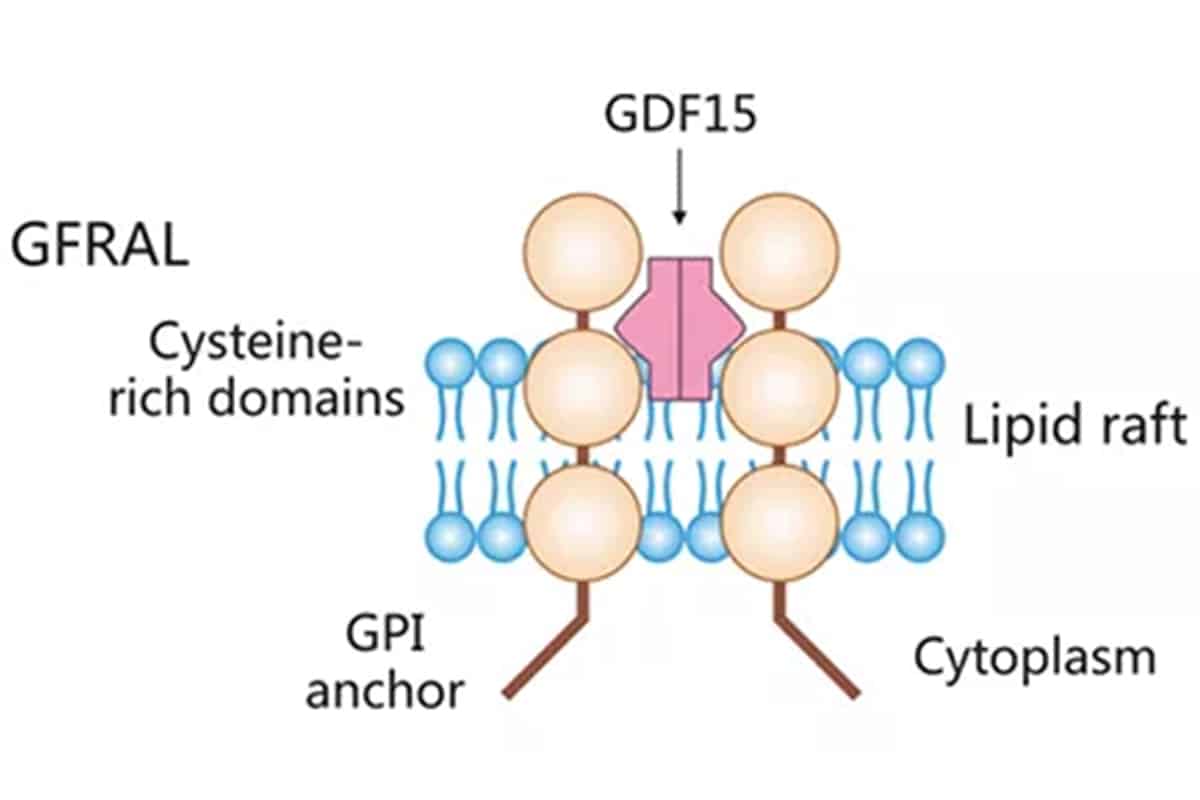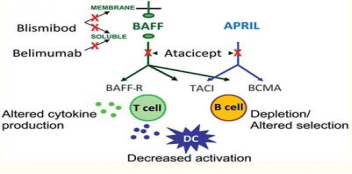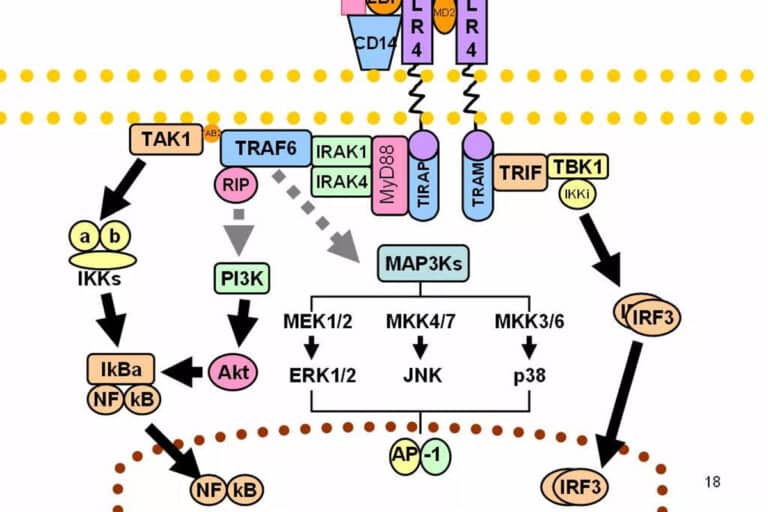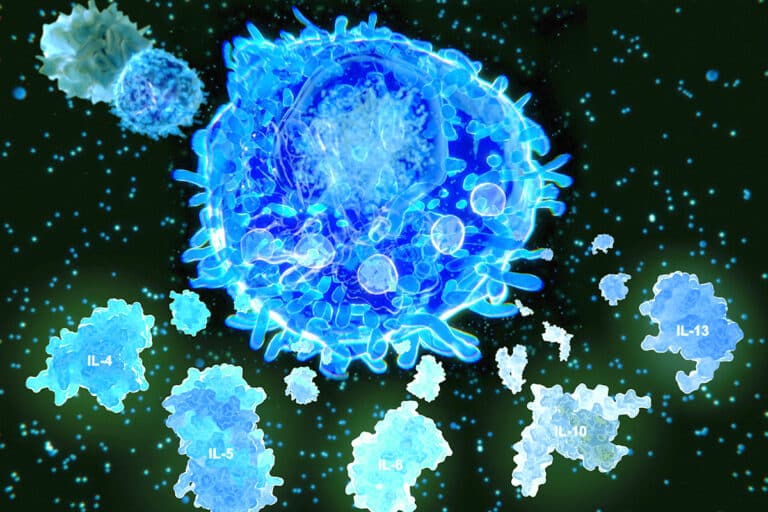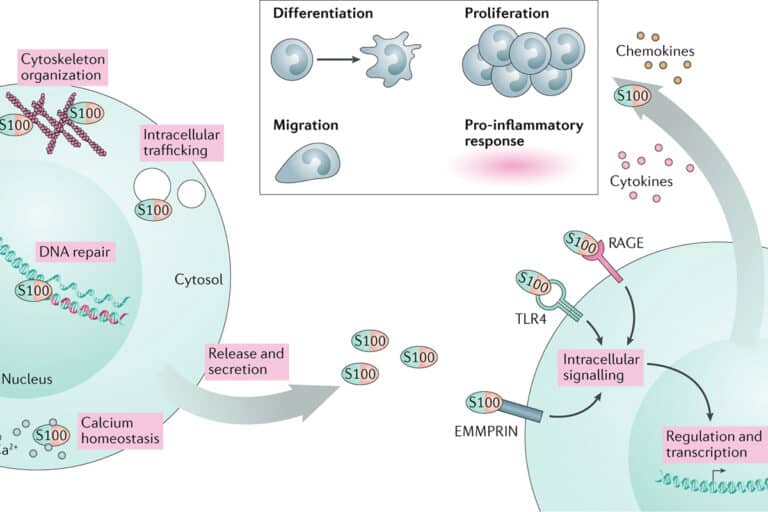GFRAL Function in CACS
GFRAL Function in CACS
introduction
There are obese patients around everyone. According to the statistics of the World Health Organization, about 400 million people in the world are obese, and the number of diagnosed cancer patients in the world has reached 19.3 million, and this number is still growing. Every year, tens of thousands of people suffer from tumor-induced cancer-related anorexia/cachexia syndrome (CACS). In October 2017, scientists identified GFRAL as the receptor of GDF-15 for the first time, and proved that GFRAL/ The GDF-15-mediated signaling pathway can reduce the body’s food intake, thereby improving metabolic-related diseases. GFRAL may be a target for the treatment of cachexia in cancer patients.
GFRAL
GDNF-family receptor α-like (also known as GRAL) belongs to the Glial Cell Line Derived Neurotrophic Factor (GDNF) family of α-like receptors. The GFRAL gene is located on human chromosome 6, contains 9 exons, and has alternative splicing bodies. GFRAL is a type I transmembrane protein with a molecular weight of approximately 44 kDa. As shown in Figure 1, the full-length GFRAL protein consists of 395 amino acid residues with 20-30 stretchable hydrophobic amino acids at the C-terminus and a signal peptide at the N-terminus. GFRAL protein is anchored to the cell membrane by glycosylphosphatidylinositol (GPI). As a single-pass transmembrane protein, GFRAL has a short intracellular domain and lacks the ability to conduct signals into cells. Existing studies have found that the unique hydrophobic pocket of GFRAL mediates the interaction between GFRAL and the specific ligand GDF-15. GFRAL receptors bind to ligands and, with the assistance of the tyrosine kinase coreceptor RET, mediate downstream signaling to play a biological role.
Ligands of GFRAL
GFRAL was recently identified as a receptor for the ligand GDF-15 molecule, both of which have high affinity and can specifically bind to mediate biological effects that control energy intake and regulation of energy metabolism. GDF-15 is a member of the transforming growth factor β (TGF-β) superfamily. GDF-15 was originally found in activated macrophages and is also known as macrophage inhibitory cytokine-1 (MIC-1). Under physiological conditions, GDF-15 is not expressed or expressed in a small amount in other tissues except placental tissue. However, under pathological conditions, GDF-15, as a stress-responsive cytokine, is highly expressed in a variety of diseases and is associated with many biological processes and diseases, including obesity, cardiovascular disease, inflammatory responses and autoimmune diseases as well as cancer.
GFRAL Role in Disease
GDNF-family receptor α-like (also known as GRAL) belongs to the Glial Cell Line Derived Neurotrophic Factor (GDNF) family of α-like receptors. The GFRAL gene is located on human chromosome 6, contains 9 exons, and has alternative splicing bodies. GFRAL is a type I transmembrane protein with a molecular weight of approximately 44 kDa. As shown in Figure 1, the full-length GFRAL protein consists of 395 amino acid residues with 20-30 stretchable hydrophobic amino acids at the C-terminus and a signal peptide at the N-terminus. GFRAL protein is anchored to the cell membrane by glycosylphosphatidylinositol (GPI). As a single-pass transmembrane protein, GFRAL has a short intracellular domain and lacks the ability to conduct signals into cells. Existing studies have found that the unique hydrophobic pocket of GFRAL mediates the interaction between GFRAL and the specific ligand GDF-15. GFRAL receptors bind to ligands and, with the assistance of the tyrosine kinase coreceptor RET, mediate downstream signaling to play a biological role.
Clinical Application
With the discovery of GFRAL as the receptor of GDF-15, the functions of GFRAL in regulating obesity and improving cachexia syndrome caused by cancer have been gradually revealed. On the one hand, GFRAL/GDF-15 signaling is a natural stress pathway in the human body and has high safety. On the other hand, in the context of cytotoxic chemotherapy, cancer, and other serious systemic diseases, elevation of GFRAL/GDF-15 is likely to be actively involved in the pathogenesis of nausea, vomiting, and cachexia syndrome. A large amount of evidence shows that GFRAL and GDF-15 play important roles in the early warning of some diseases, especially obesity, making GFRAL/GDF-15 a biomarker of potential diseases.

